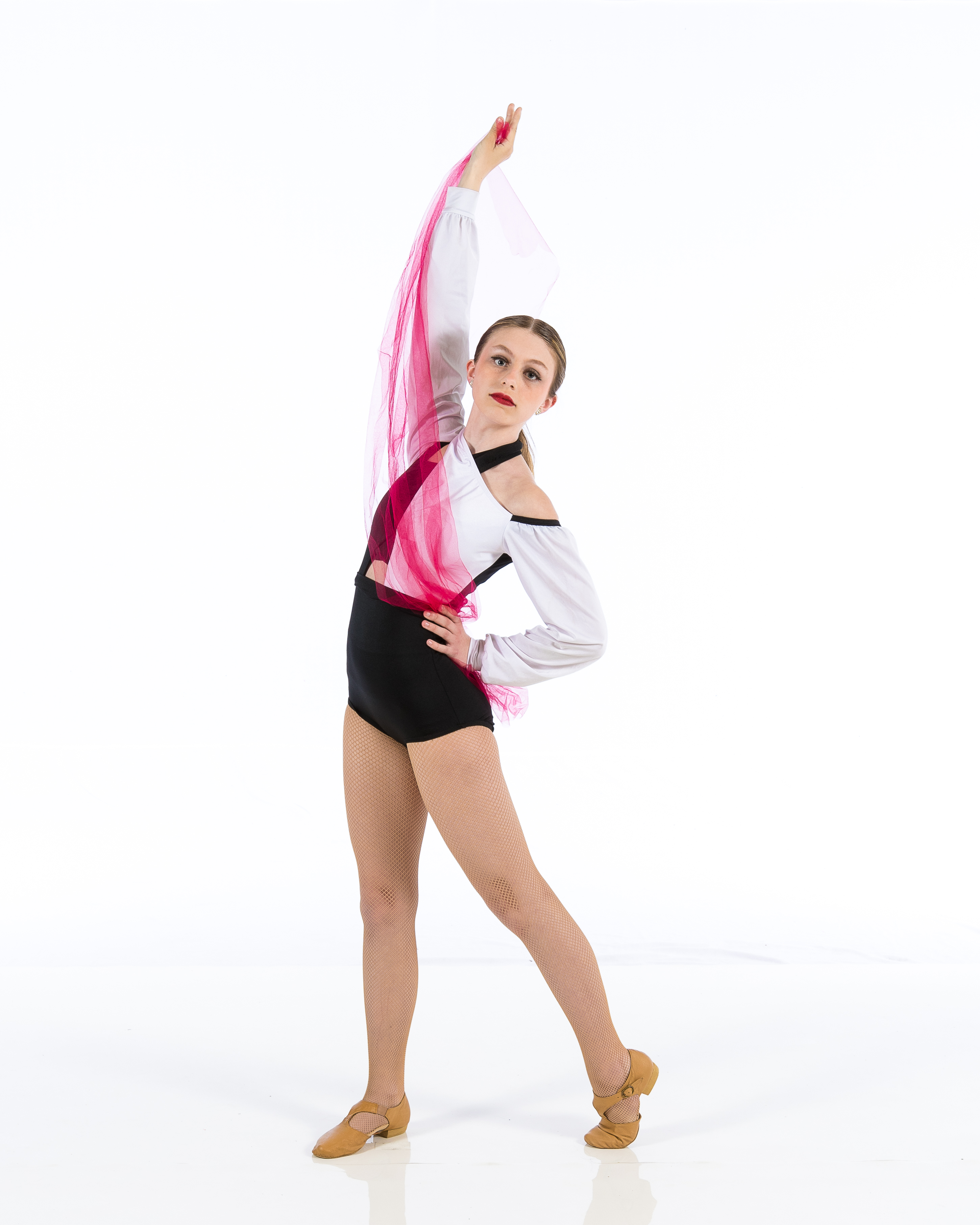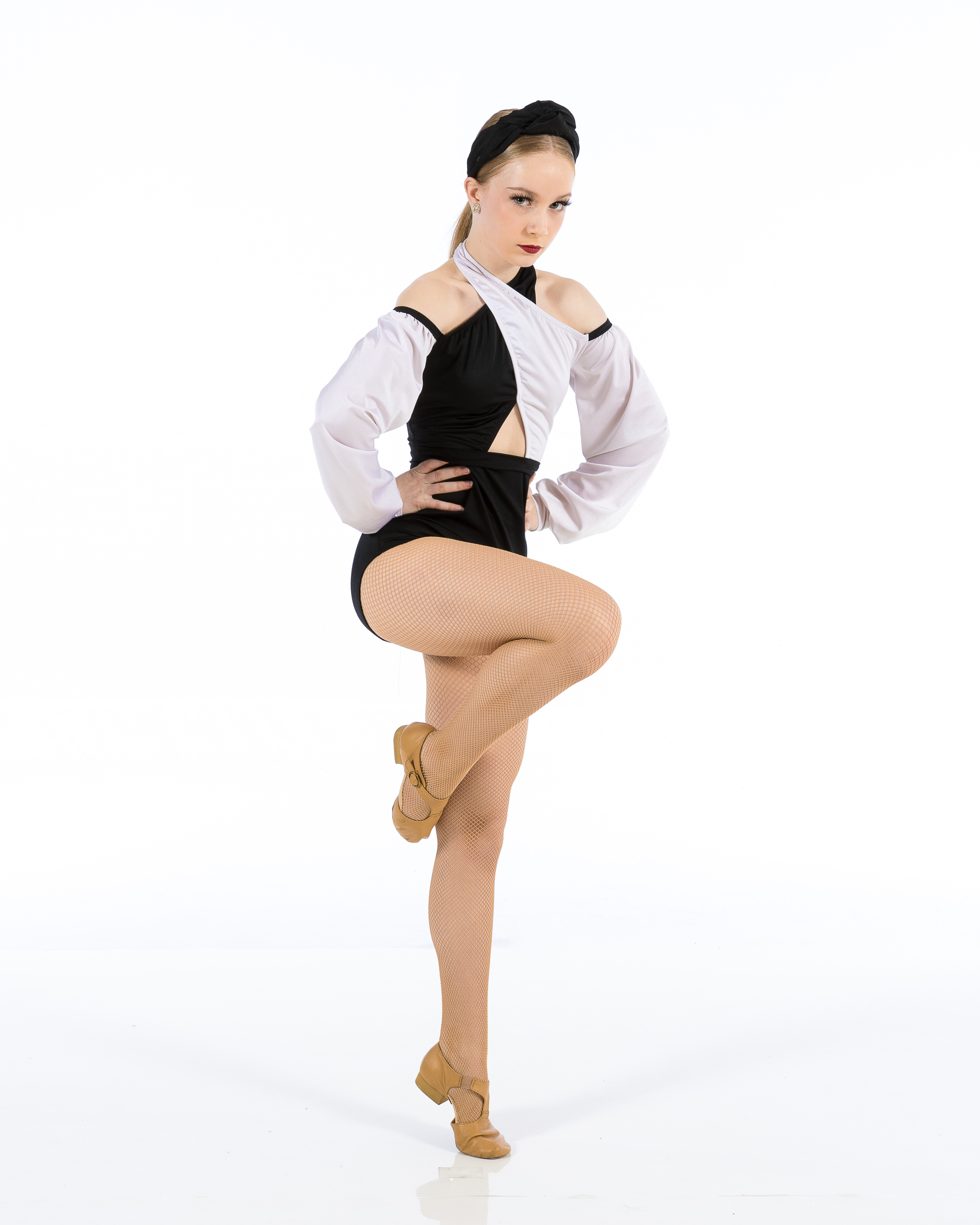Introduction
When you think about dance, it’s easy to picture the stunning physicality and artistry that goes into every performance. But what often gets overlooked is the mental game behind those mesmerizing movements. Just as athletes train their bodies, dancers must harness their minds to achieve peak performance. This is where performance psychology comes into play.
In this comprehensive article, we’re diving deep into the role of performance psychology for dancers, exploring how mental resilience, focus, and emotional regulation can elevate a dancer’s craft. Whether you’re a student at a dance academy, a professional performer, or someone simply interested in the world of dance, understanding the psychological aspects can be transformative.
Understanding Performance Psychology in Dance
What is Performance Psychology?
Performance psychology refers to the study and application of psychological principles to enhance performance in various activities—including dance. It encompasses a variety of mental skills such as goal-setting, visualization, concentration, and stress management.
Why is Performance Psychology Important for Dancers?
Dancing isn’t just about physical prowess; it’s also about expressing emotion and connecting with an audience. Performance psychology helps dancers manage nerves, improve focus, and maintain motivation—factors crucial for delivering a captivating performance.
The Role of Mental Resilience in Dance Performances
Defining Mental Resilience
Mental resilience is the ability to bounce back from setbacks and maintain a positive attitude despite challenges. For dancers, this could mean overcoming injuries, handling criticism, or coping with competition pressure.
Building Mental Resilience Through Training
Embrace Challenges: Every dancer faces difficulties. Learning to view these as opportunities for growth rather than obstacles can develop resilience. Set Realistic Goals: Break down your ultimate goals into smaller achievable milestones. Practice Mindfulness: Engaging in mindfulness exercises can ground you during high-pressure situations.Focus and Concentration: Key Components of Performance Psychology
The Science Behind Focus
Focus refers to your ability to concentrate on relevant tasks while ignoring distractions. In dance, maintaining focus allows for better execution of choreography and more profound emotional expression.
Techniques to Enhance Focus
- Breathing Exercises: Simple breathing techniques can calm the mind. Visualization Techniques: Picture yourself successfully executing steps or routines before performing them. Positive Self-Talk: Replace negative thoughts with affirmations to boost confidence.
Emotional Regulation for Dancers
Understanding Emotional Regulation
Emotional regulation involves managing your emotional responses appropriately during rehearsals and performances. For dancers, this skill is crucial in portraying different characters or emotions effectively.
Strategies for Emotional Regulation
Journaling: Reflecting on your feelings through writing can provide insights into emotional triggers. Relaxation Techniques: Engage in activities like yoga or meditation to maintain emotional balance. Support Systems: Building relationships within your dance academy can provide reassurance during tough times.Overcoming Stage Fright with Performance Psychology
What Causes Stage Fright?
Stage fright stems from anxiety about performing in front of an audience or being judged by others. It’s common among dancers at all levels but can be managed effectively through psychological strategies.

Steps to Combat Stage Fright
- Preparation: The more prepared you are, the more confident you’ll feel. Visualize Success: Imagine yourself performing flawlessly on stage. Connect with Your Audience: Shift your focus from self-consciousness to sharing your art with others.
Goal Setting in Dance Training
The Importance of Goal Setting
Setting clear goals provides direction and motivation throughout training periods—both short-term (learning new choreography) and long-term (auditioning for dance companies).
SMART Goals Framework
Using the SMART criteria ensures that goals are Specific, Measurable, Achievable, Relevant, and Time-bound:
| Criteria | Explanation | |-------------|---------------------------------------------------------------| | Specific | Clearly define what you want to achieve | | Measurable | Make sure you can track progress | | Achievable | Set realistic expectations based on current skill level | | Relevant | Ensure goals align with overall artistic vision | | Time-bound | Attach deadlines to create urgency |
Visualization Techniques for Dancers
What is Visualization?
Visualization involves creating mental images that simulate actual experiences—in this case, performances or rehearsals.
Benefits of Visualization
Enhances muscle memory Reduces anxiety Improves confidenceHow to Practice Visualization
- Find a quiet space where you won’t be interrupted. Close your eyes and imagine yourself dancing flawlessly through each movement.
The Role of Mindfulness in Dance Performance
Defining Mindfulness
Mindfulness is the Hip Hop Dance Class https://www.dotyperformance.com https://www.dotyperformance.com/staff practice of being present and fully engaged without judgment—a powerful tool for any dancer aiming to enhance their performance quality.
Mindfulness Practices for Dancers
Meditation: Short sessions focusing on breath work can help ground performers before they take the stage. Body Scanning: Pay attention to each part of your body as you warm up; this increases awareness and reduces tension.Developing Confidence Through Performance Psychology
The Link Between Confidence and Performance Quality
Confidence directly influences how well a dancer performs—more secure dancers tend to exude charisma on stage.

Strategies for Building Confidence
- Celebrate small achievements along your journey—every little win counts! Surround yourself with supportive peers who uplift rather than bring down spirits.
Finding Flow States While Dancing
What is Flow?
Flow is that magical state when time seems irrelevant; everything clicks together seamlessly while dancing—a highly desirable experience!
Tips for Achieving Flow
Choose music that resonates deeply with you—this connection facilitates immersion. Remove distractions; tune out outside noise so you can focus entirely on movement!Creating Positive Rituals Before Performances
Rituals help calm nerves by providing structure before going on stage; they can range from specific warm-ups (like stretching) or listening routines (favorite tracks).
1) Develop Personal Rituals – What works best varies per individual; experiment until finding rituals that resonate personally!
2) Stick With Them – Consistency breeds familiarity which leads naturally toward comfortability!
Frequently Asked Questions (FAQs)
What qualifications should I look for in a performance psychologist?- Look for professionals trained specifically in sports psychology with experience working with dancers.
- Absolutely! Whether you're an amateur at a local dance academy or a seasoned professional looking to refine skills—everyone stands to gain!
- Anxiety may lead to tightness in muscles which impacts fluidity while dancing; thus learning coping strategies becomes essential!
4. Are visualization techniques scientifically proven?
- Yes! Research supports its efficacy across various fields—including athletics & performing arts alike!
5. How do I find a good dance academy that incorporates these principles?
- Research local academies by reading reviews & asking if they offer classes focused not only on technique but also mental conditioning!
6. Is it necessary for me as an adult beginner dancer too engage in psychological practices?
- Certainly! Developing mental fortitude enhances enjoyment & progress regardless of previous experience levels!
Conclusion
In summary, performance psychology plays an integral role in shaping successful dancers both mentally & emotionally throughout their journeys—from aspiring students at local dance academies all the way up through seasoned professionals dazzling audiences worldwide! By leveraging various strategies—such as goal setting techniques visualization exercises & emotional regulation tactics—you’ll unlock greater potential within yourself while taking control over how stress impacts overall artistry! So whether you're spinning across stages or just starting out let these insights guide every step taken along this beautiful path called Dance!